Labuan is a tiny Malaysian island off the western coast of Borneo. The island, while small, is a decent location to spend a night or two away from the buzz of urban Malaysia.
Labuan is connected to the rest of the world by air through Labuan Airport. All 3 major Malaysian airlines have flights connecting Labuan to Kuala Lumpur, although each tend to only have between 1 to 2 flights per day in both directions. Shorter ranged flights to destinations in neighbouring Sabah and Sarawak are available. These are mostly operated by MASwings, a Malaysia Airlines subsidiary.
Buying my tickets
I bought my ticket directly from the Malaysia Airlines website. Malaysia Airlines sells Economy tickets in 3 pricing tiers. The cheapest – Economy Lite, which I purchased, gives you only a 7kg cabin bag allowance with no check in baggage allowance.
Later on I decided I did actually need check in baggage allowance on the sector to Kuala Lumpur after all and so decided to purchase an add on for check in baggage. However, the cost of these add ons increase as you approach the date of your flight, meaning it is actually far cheaper to simply pay the extra RM20 for the mid-tier Economy Basic ticket, which does come with a 20kg check in baggage allowance.
In total, I paid RM442.70 (incl. taxes & charges) for a return ticket between Kuala Lumpur and Labuan.
Departure experience from Labuan Airport
Labuan Airport is a small facility to the north of Victoria / Bandar Labuan, the main town of the island. The airport is close enough to town that you cany reach it in around 10 minutes from the centre of town.
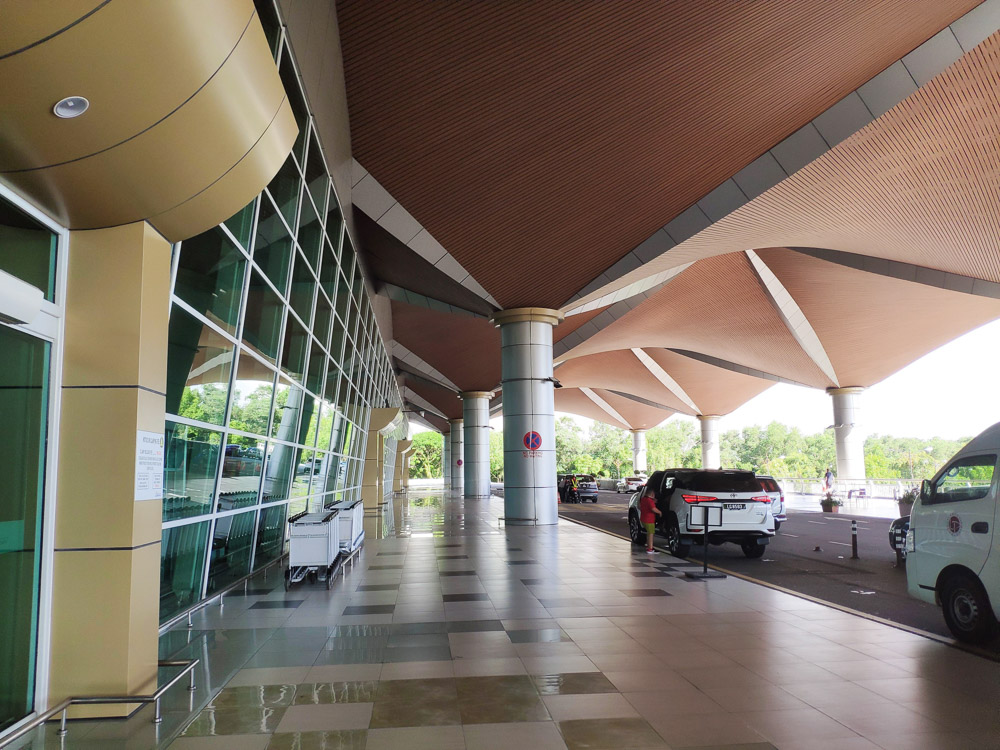
The airport was one of many Malaysian Borneo airports upgraded in the 2000s – 2010s, and architecture making them look like a mini version of KUL – the driveway canopy is a very obvious callback to the canopy design at KUL’s main terminal building.
The check in counters are tucked away to the left of the terminal building underneath a high ceiling that makes it an airy, well lit space. All check-in bags are screened prior to entering the queue for the counters.
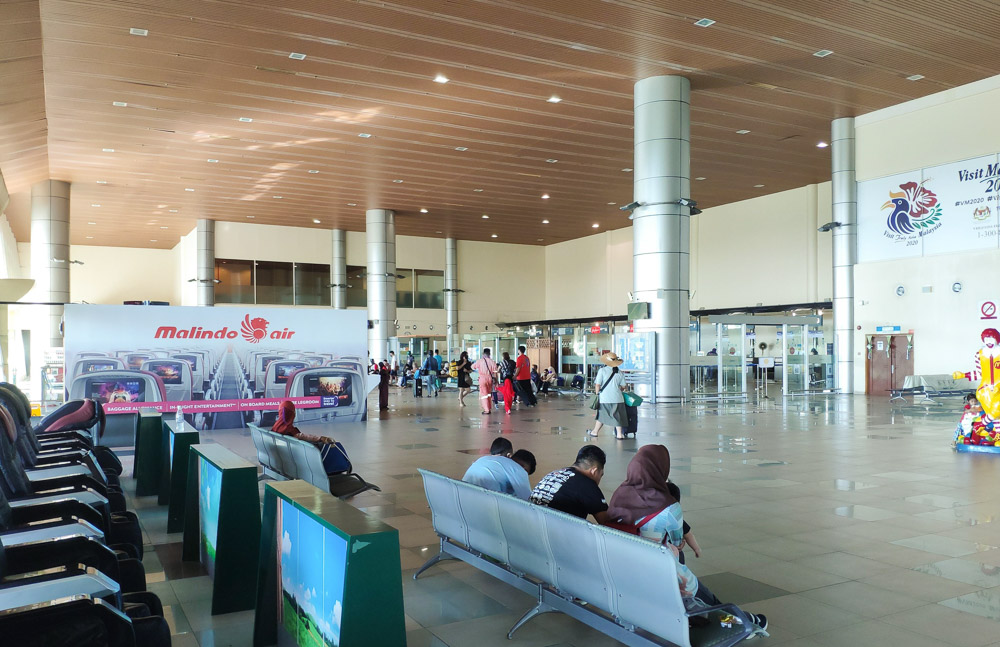
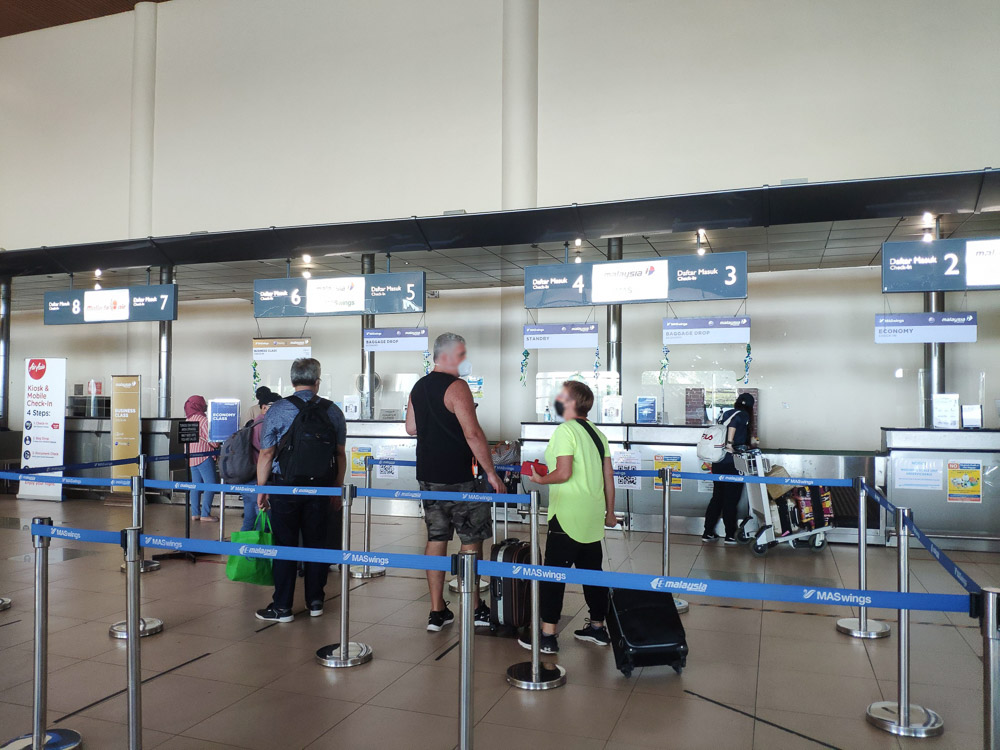
There really is nothing much to do at Labuan Airport, as it seems like a majority of the shops in the terminal had not survived the pandemic’s economic downturn. The lack of options means that on that evening, visitors to the airport naturally gravitated to the in-house Starbucks and McDonalds, located on the arrivals level one floor down.
As a bit of a side note, the airport’s McDonalds is the only one on the island. KFC is, for some reason, more widespread there.
Departure security is located one level above the departure concourse. It has a rather interesting layout, as both international and domestic flights are funneled through the same two x-ray scanners, making it a bit of bottleneck. Still, I suppose it works since Labuan hasn’t actually seen any international passenger flights in a while, and the domestic departures are spaced apart enough to prevent any bottlenecking.
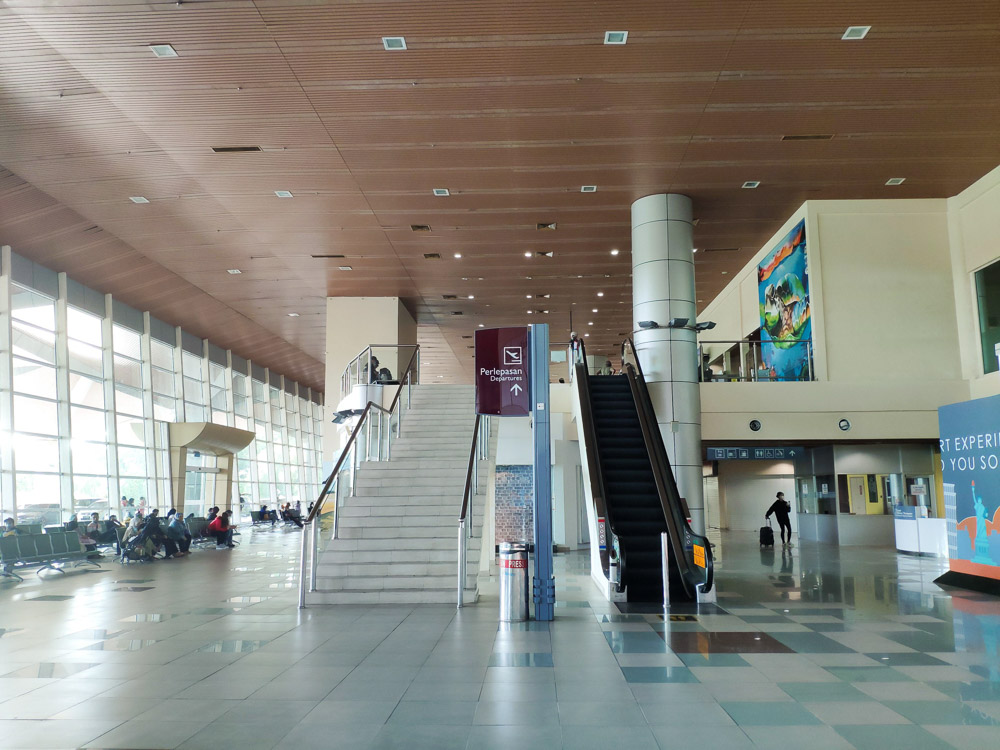
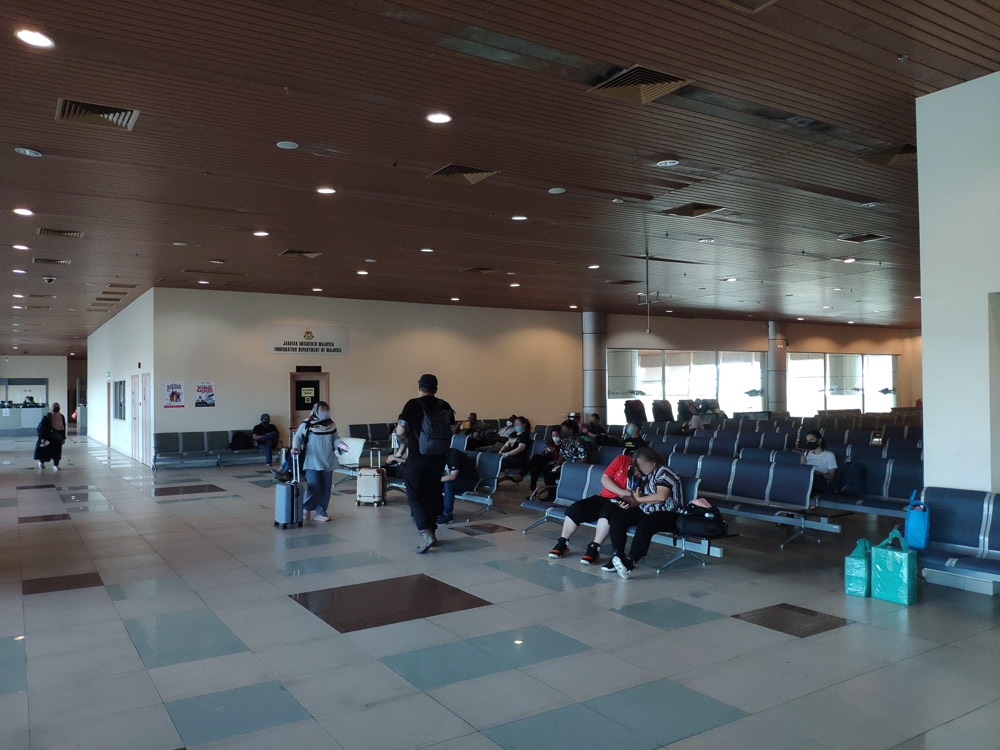
Much like on arrival, departing passengers will then to go through a departure immigration check before being allowed to enter the gate waiting area. This is standard procedure for all departures and arrivals in and out of Malaysian Borneo to and from the rest of the country.
9M-MXX, one of MH’s jets in the special Negaraku livery, was scheduled to operate our flight today and soon enough she was pulling into the gate on arrival from KUL as MH 2634.
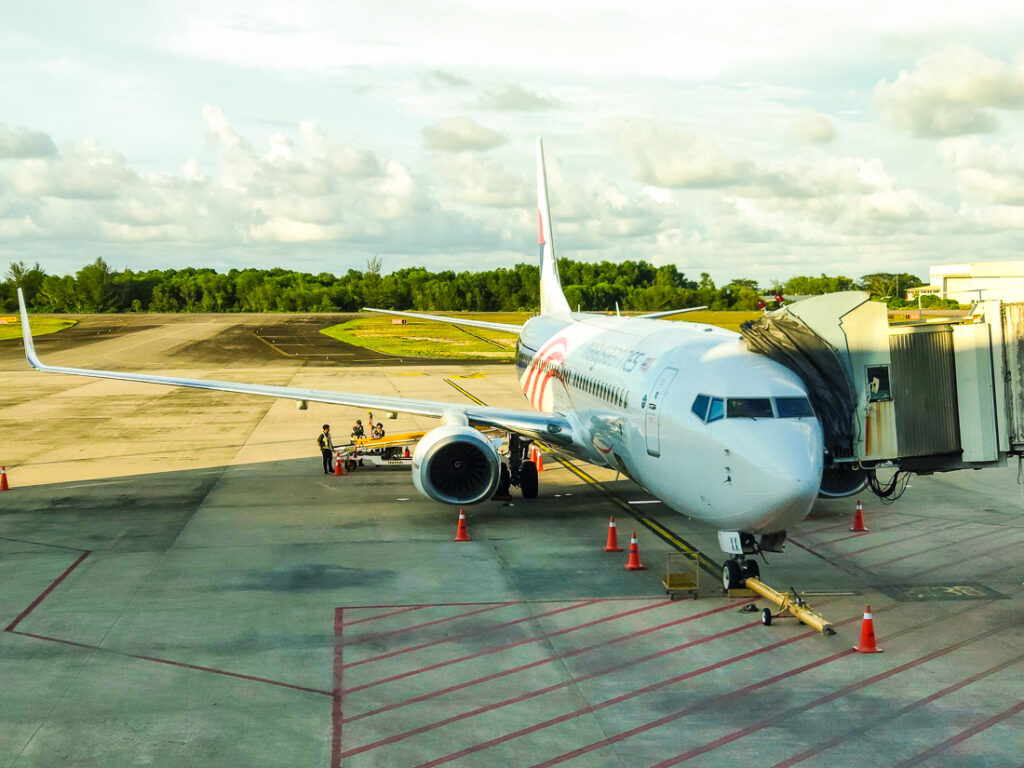
Boarding commenced on time and passengers were soon trooping down into the departure corridor for the jetbridges. Rather interestingly, Labuan Airport was one of the recipients of jetbridges from the old Subang Airport Terminal 1, with the builder’s plate in the cab dating it back to 1983 – the year Subang received its jetbridges. Walking down the jetbridge was like walking through a time machine with its retro 1980s interior.
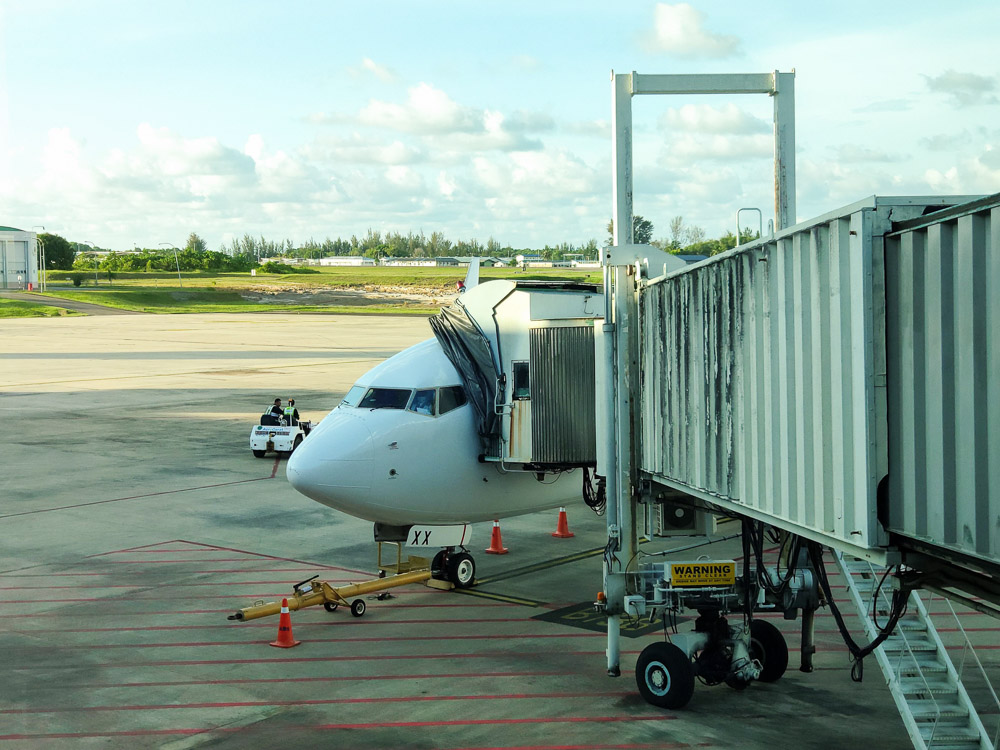
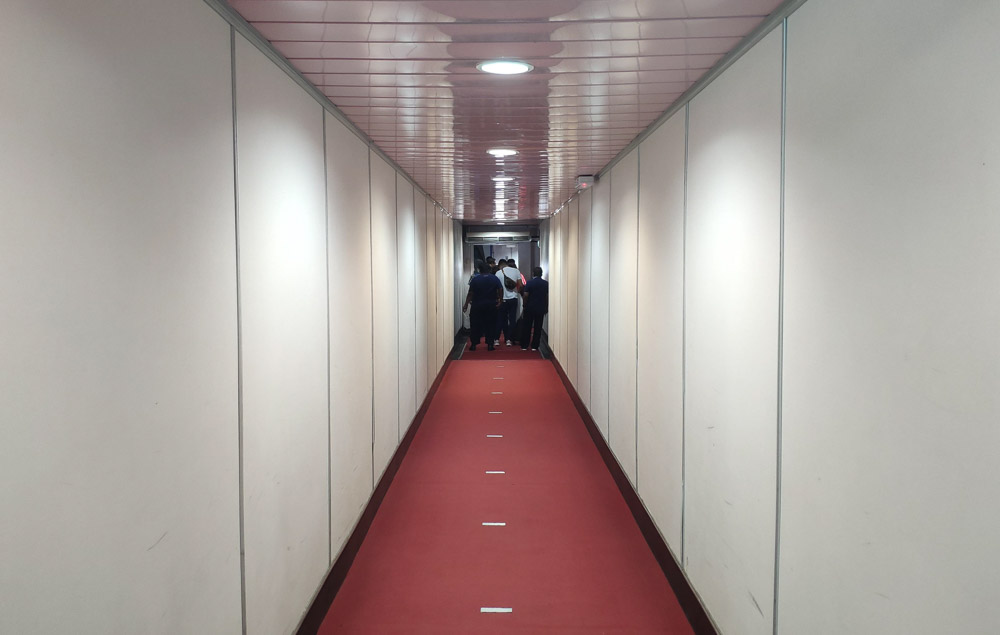
The flight was only about 30% full, which made for a rather leisurely atmosphere on board. I’d previously chosen window seat 19F, and I was pleased to see that the two seats next to me were unoccupied.
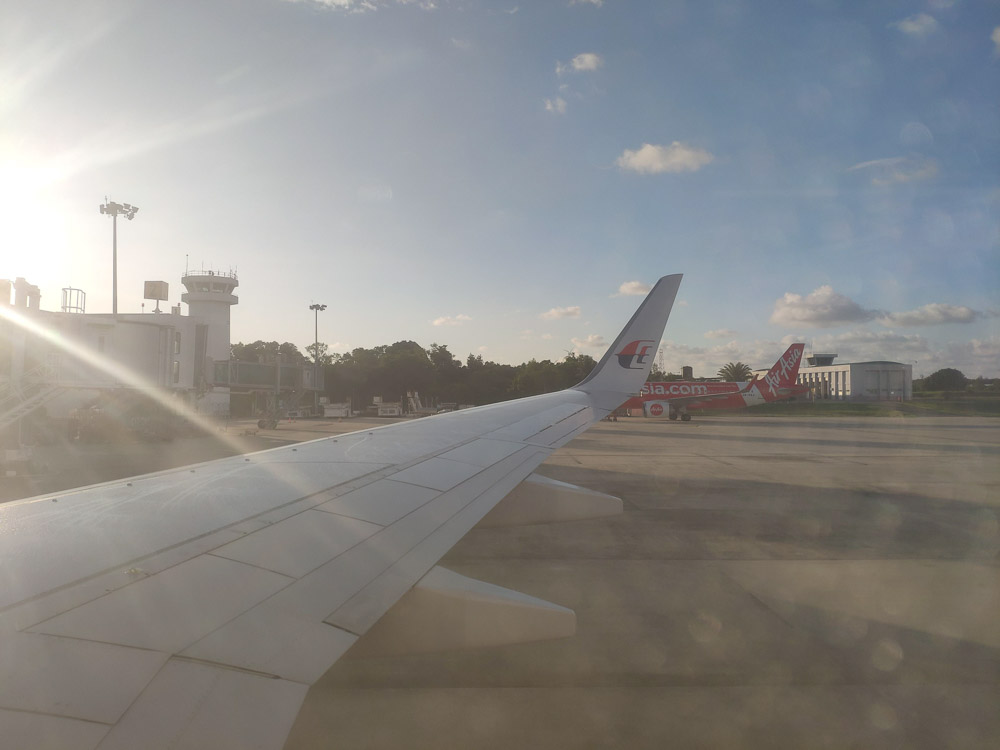
With such a light load, the doors were closed on time and the safety video played as we were pushed back out of the gate. As Labuan Airport is so small, it wasn’t long before our plane was speeding down runway 32 and up into the sky.

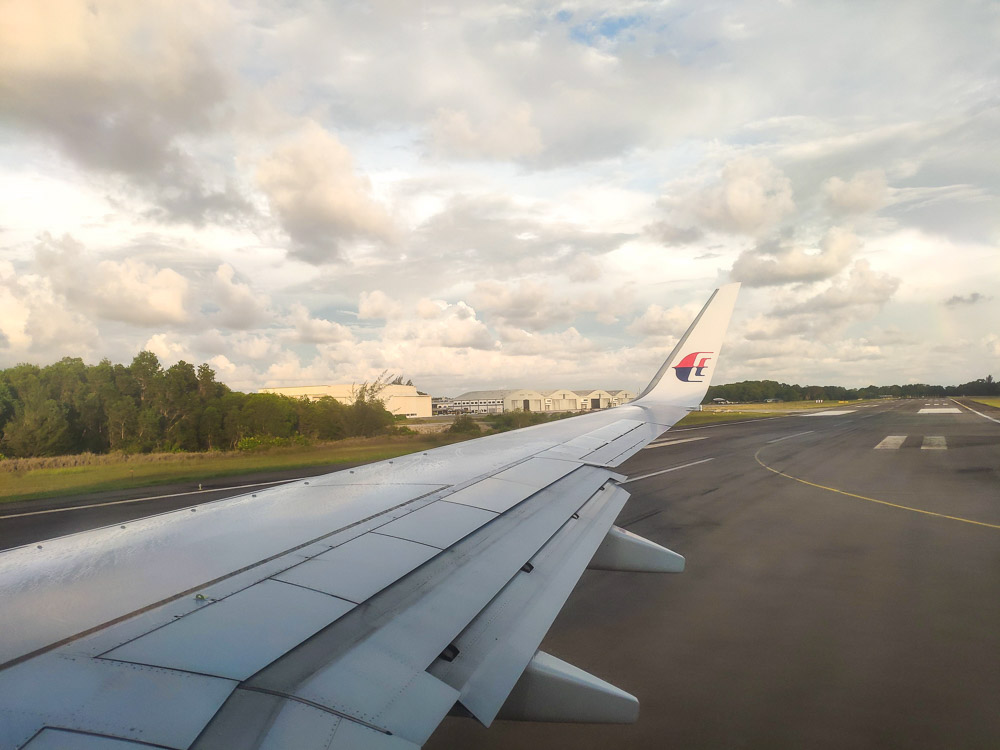
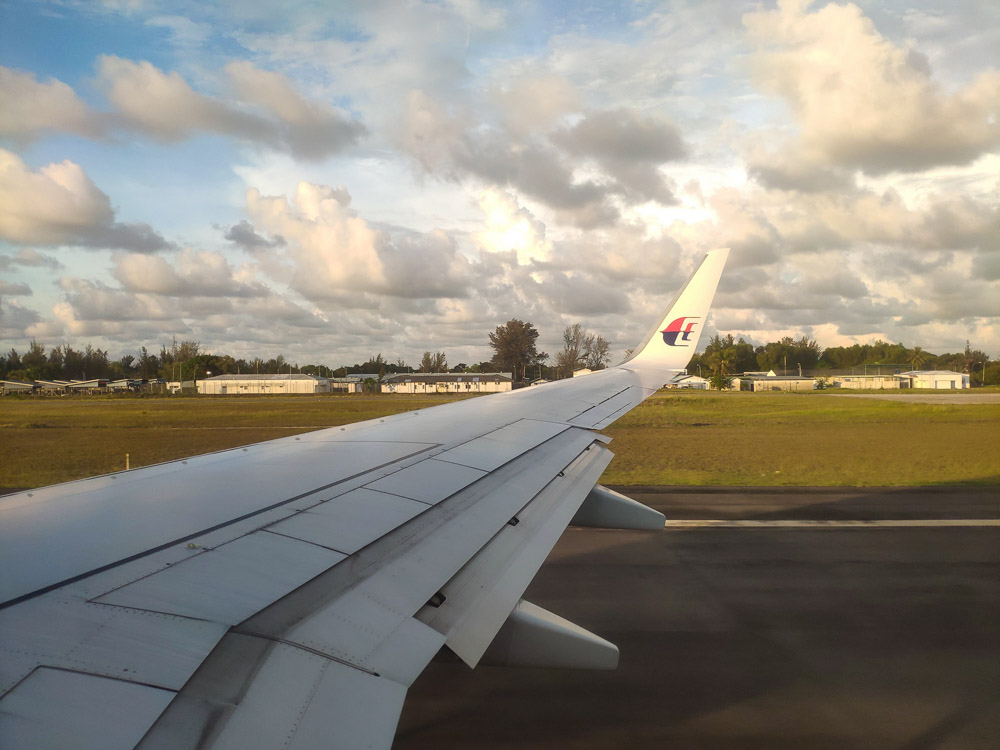
The departure track out of Labuan is in the exact opposite direction as the arrival track, with planes to KUL retracing their arrival path over the northwest of the island.
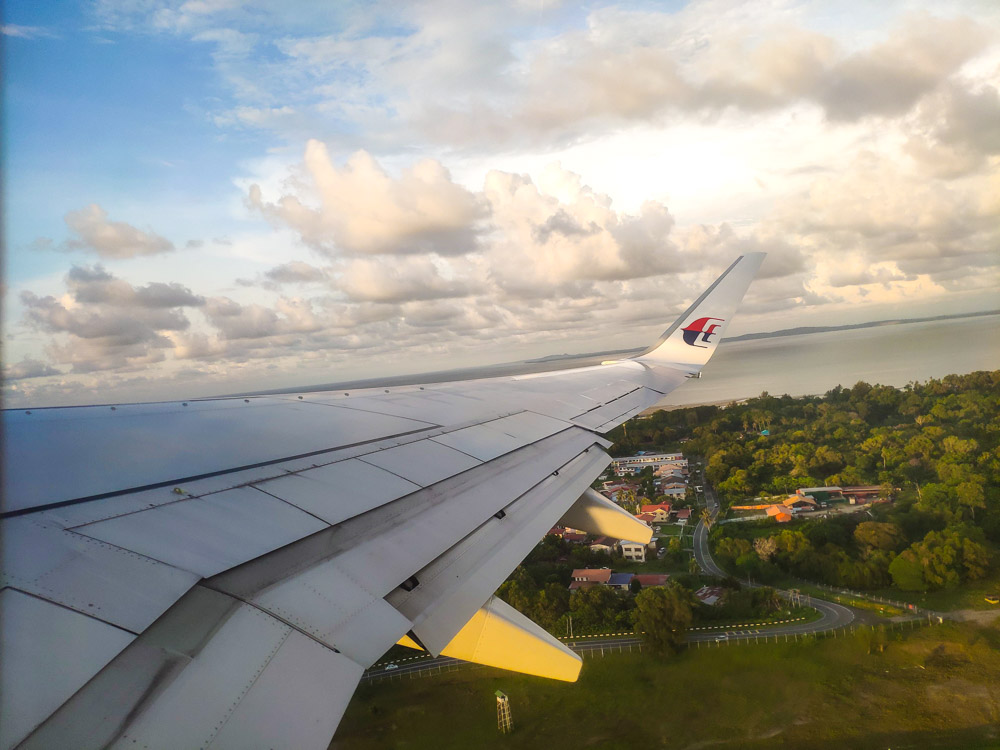
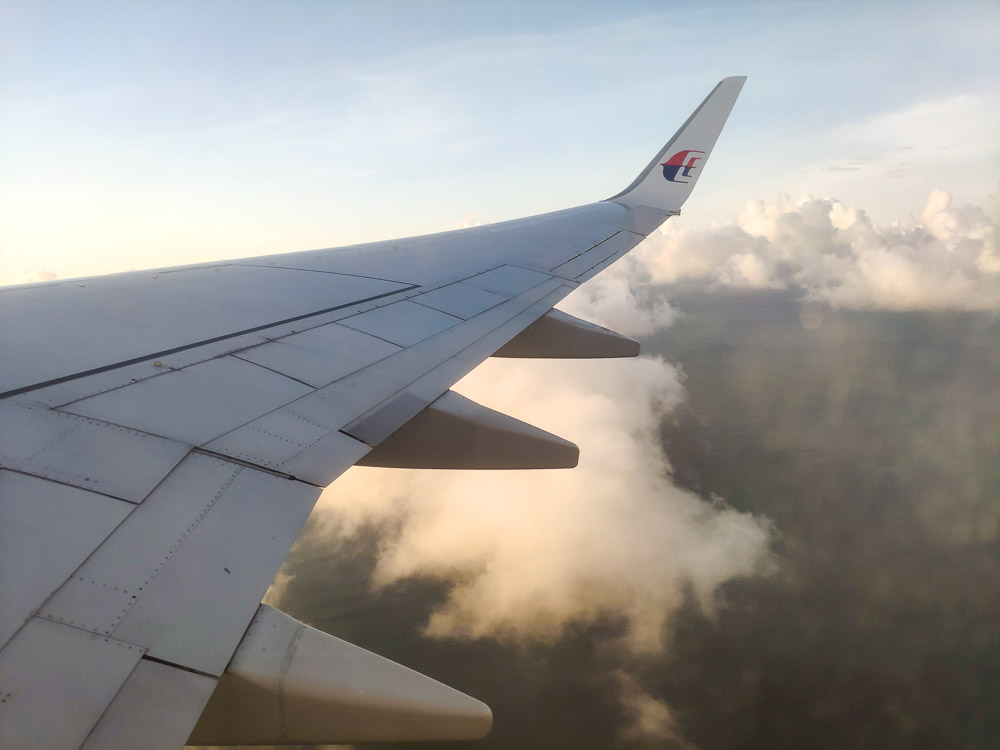
As it wasn’t long before we were over the South China Sea with nothing much to see, I opted to keep my window shades closed to block out the glare of the setting sun.
Cabin & Onboard Amenities
All of MH’s B738s, save for the older leased birds, were delivered with Boeing Sky Interior installed. It was nice to see the mood lighting being cycled through various colours throughout the flight, and after the dinner service the cabin was bathed in this soft blue lighting that I suspect was intended to aid relaxation.
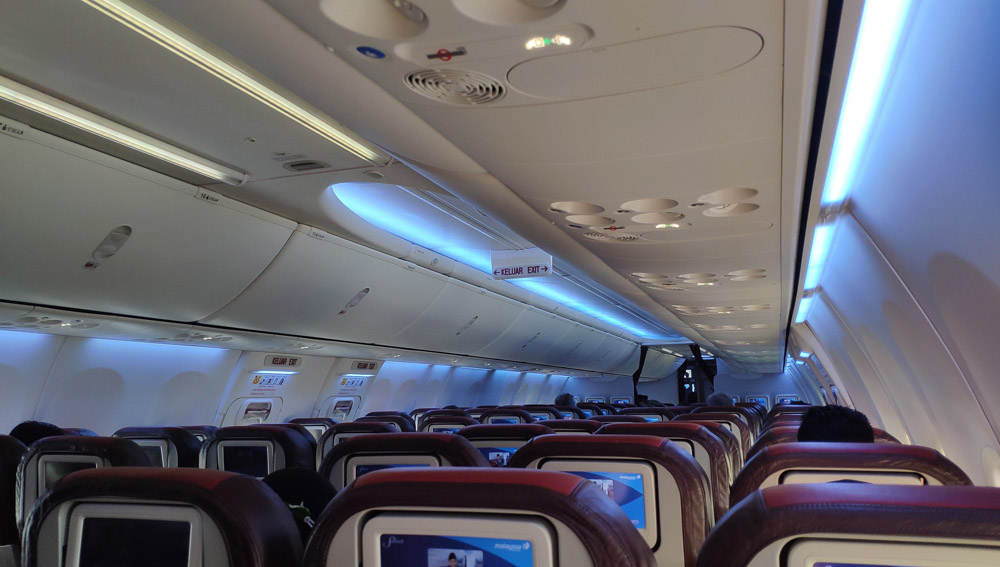
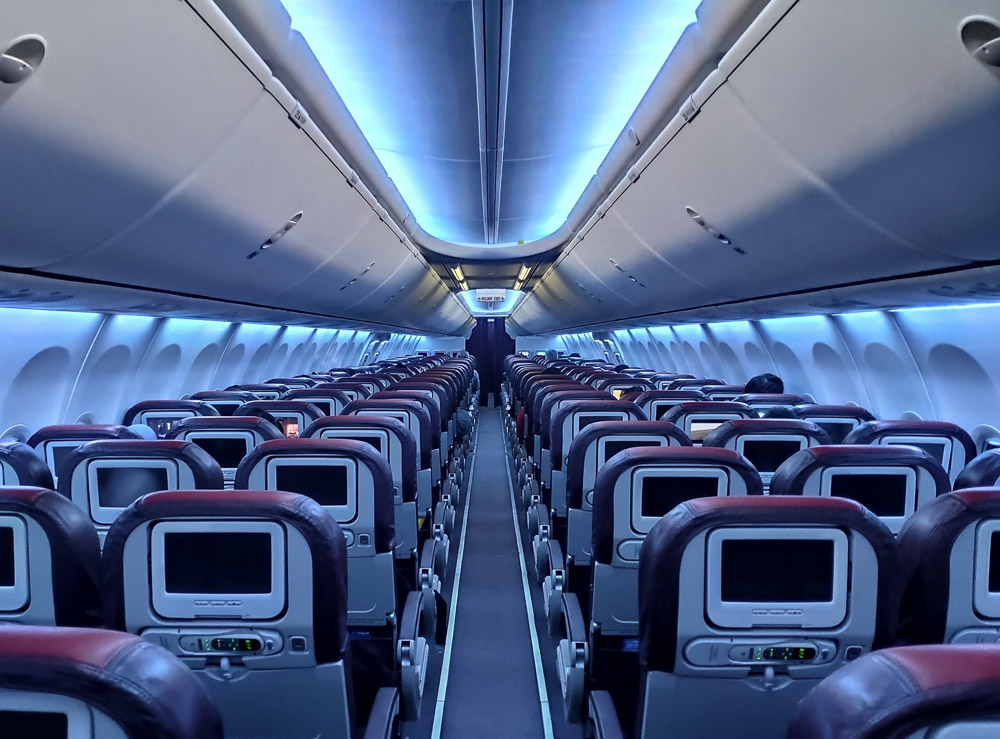
Malaysia Airlines B737-800 Economy class seats
Malaysia Airlines operates its B737-800 fleet in a 2-class configuration. Economy class seats on their B738s are arranged in a 3-3 layout and have a 30-inch seat pitch, which is adequate for regional sectors like this flight from Labuan to KL, but this is clearly not as great for MH’s longer B738 sectors – MH occasionally flies their B738s between KL and Perth, Australia , which is an almost 6 hour long journey.
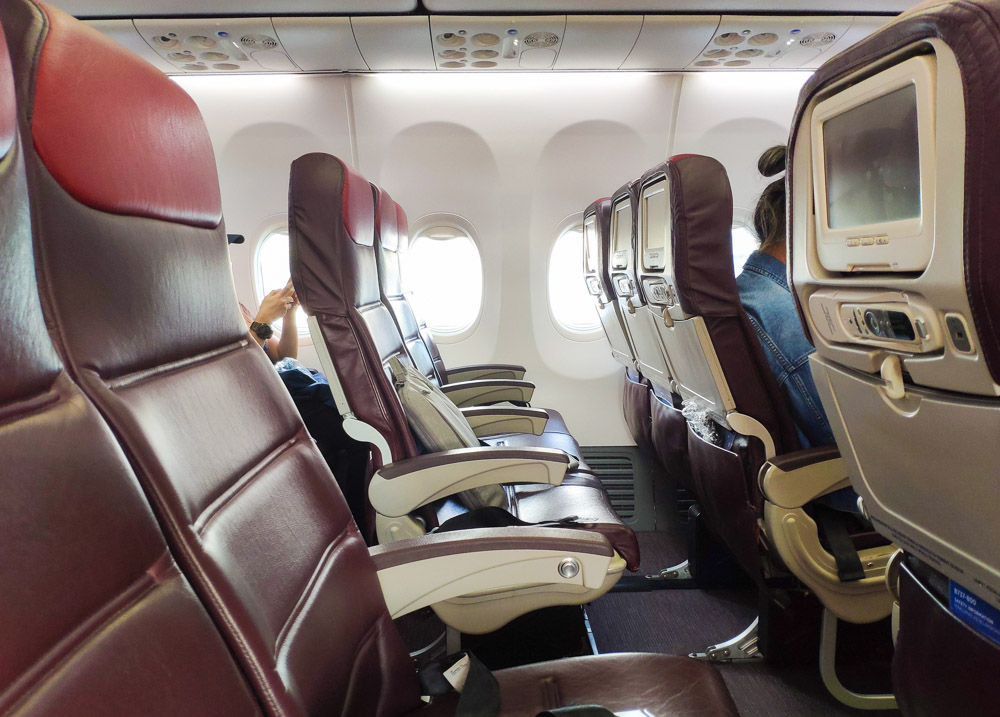

The seats themselves are comfortable, though there is a notable lack of a headrest that does make the seat feel a bit “flat”. This is a minor issue, as a slight recline does mitigate the issue somewhat.

Onboard Amenities – Select IFE
All seats feature MH’s Select IFE system. While there is a sizeable chunk of movies and TV series episodes loaded, it is frankly not up there with the offerings by other major airlines. The hardware on the B738s are also not up to par, with the touchscreens being the less sensitive resistive screens, and navigating the menus also feature a bit of lag which does require some amount of patience. Inevitably, I found myself using the attached remote control to navigate, but this is also not very user friendly seeing as the UX design is touch-centric.
Again, while this offering is adequate for the 3-hour long regional sectors, this does become a problem on sectors beyond 3-hours.
IFE aside, all seats also feature a USB port on the seatbacks, as well as a 3 pin UK power plug at the seat base in between each seats. The USB port makes it particularly handy to charge mobile phones without having to whip out wall plugs from the bags.
Onboard Catering
All MH flights serve hot meals onboard flights 2 hours or longer. Menus for each flight are viewable beforehand on the airline’s website. This is a pretty handy tool, though one that does require a bit of digging around on the web page.
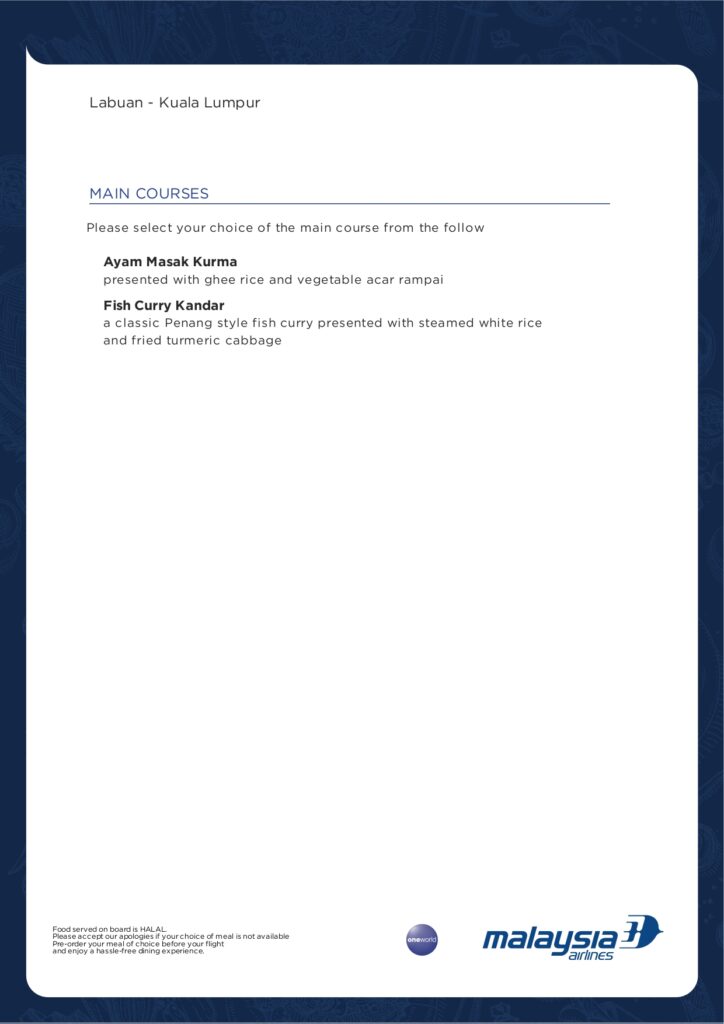
I chose the Chicken Kurma for the dinner service, and like the outbound flight it came in a smartly designed snack box. The meal came with a pack of MH’s signature salted peanuts, a small date palm, and a pack of mineral water.
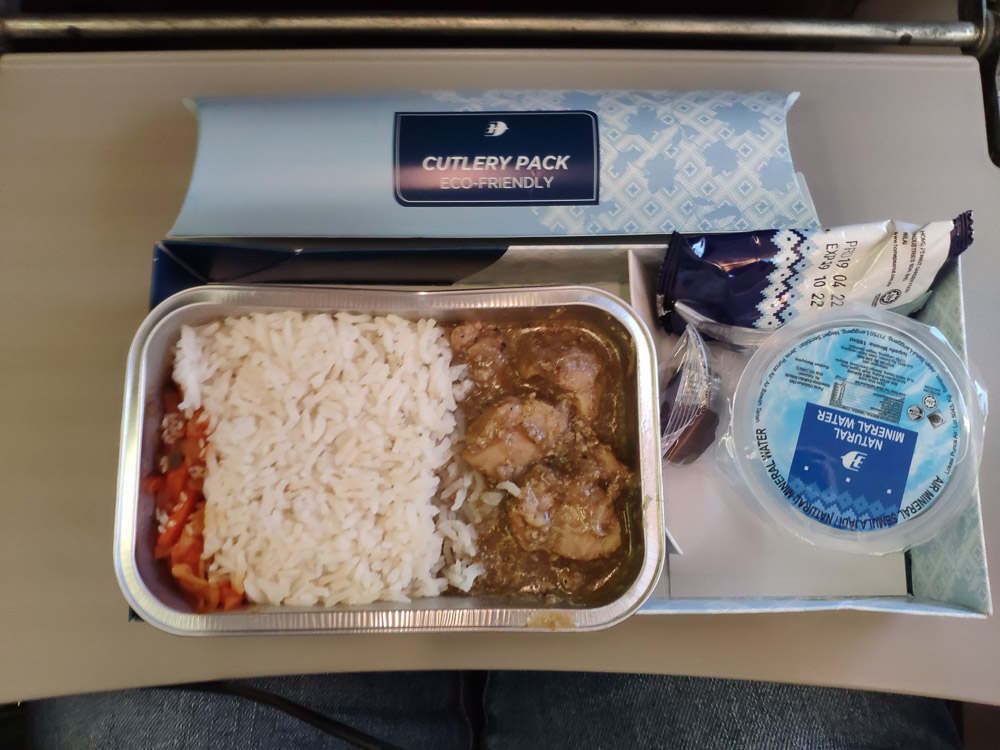
While the presentation of the meal does leave a lot to be desired, the chicken and gravy were tasty and the rice itself wasn’t dry too. However, I do remember a time when MH served a full meal set with appetisers in Economy on flights to Labuan, Sabah and Sarawak. This is a far cry from that era, and I suppose its a far more economical option too.
The flight attendants came round after the meal service and offered each passenger a choice of orange or apple juice. I went with the apple juice and settled in to enjoy the rest of the flight.
Arrival at Kuala Lumpur International Airport
The approach to KUL was the standard runway 32L arrival track that took us over southern Klang Valley and over Sepang for the final approach to the runway.
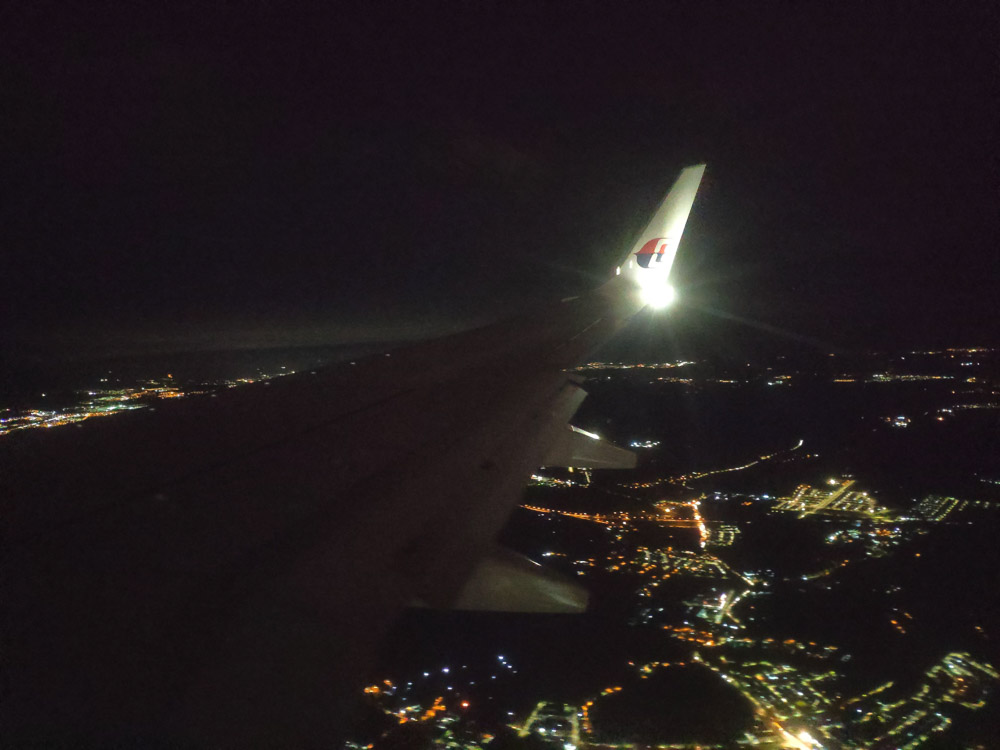
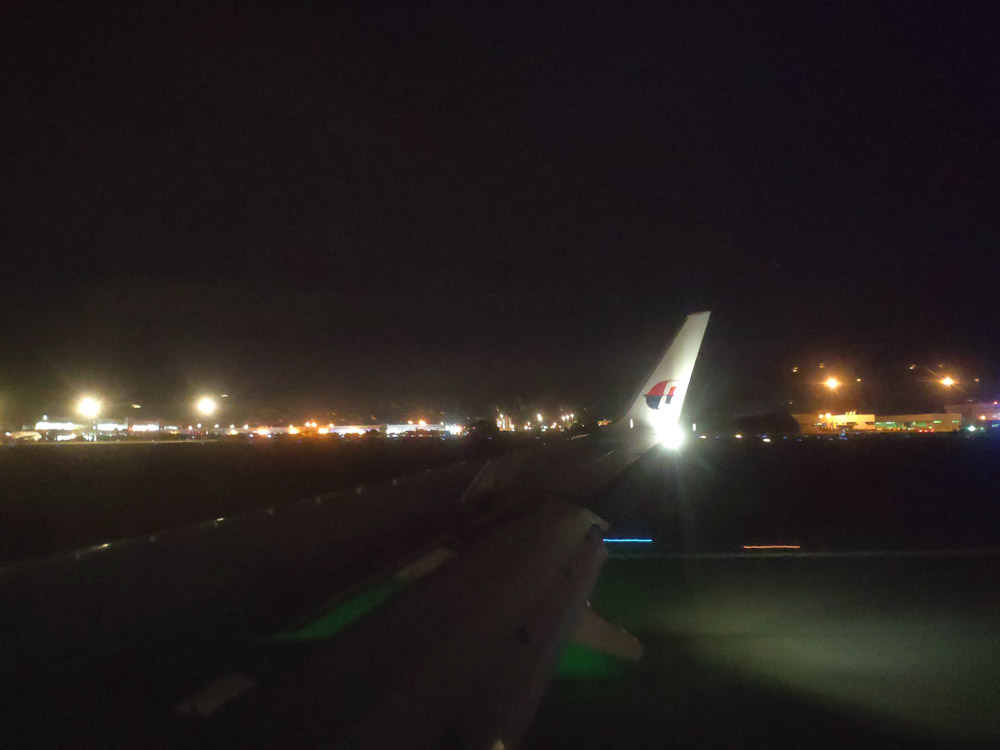
With no delays, we managed an early touchdown. From then on it was a quick walk through the quiet domestic pier to the baggage claim.
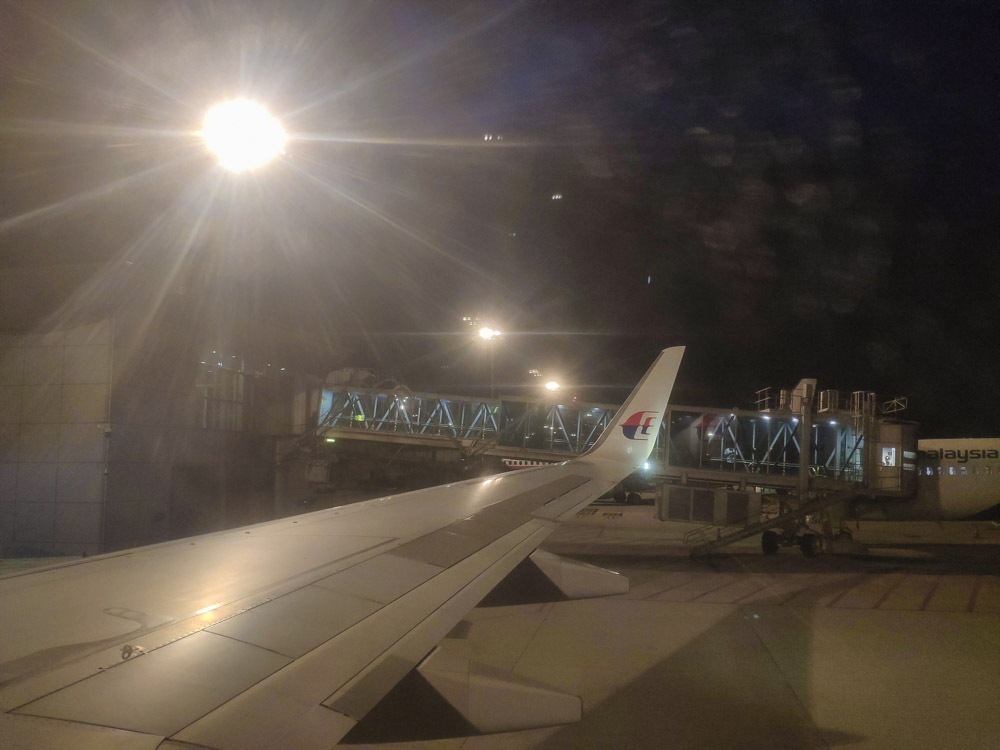
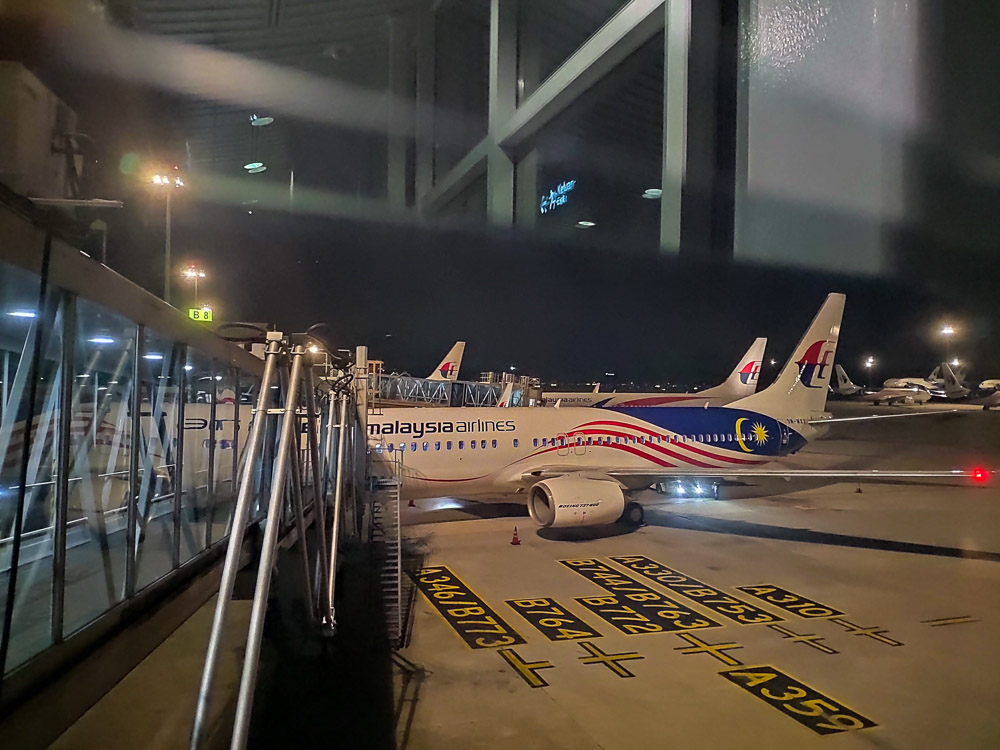
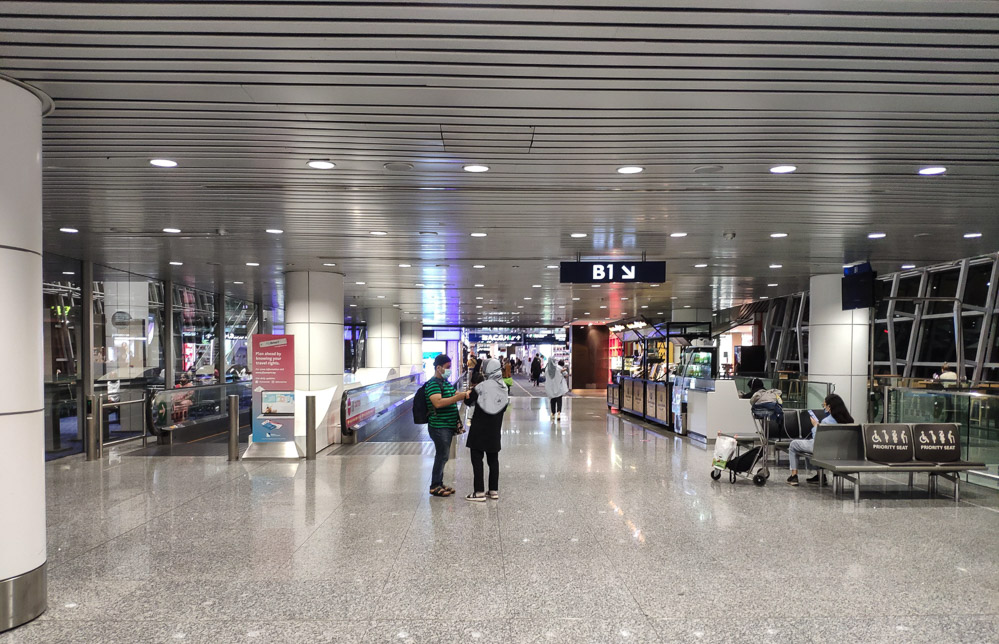
Final Impressions
This was once again, a nice re-introduction to domestic flying with MH. Like the previous flight, the service levels were certainly up to MH’s branding standards.
The Economy hard product on the B738s however, are due for an update. I hope this is something MH considers, especially since it plans to introduce new B737 MAX jets in 2024, which is certainly more than enough time to think up something new for the B737 fleet. For contrast, Singapore Airlines’ new B737 MAX already features lie flat seats in Business Class and what is clearly a superior Economy offering, as compared to MH’s old recliner seats in Business Class and the Economy seats you see above.
Nevertheless, MH still presents a good offering for regional sectors, and it definitely remains a serious option for me when flying in the region.
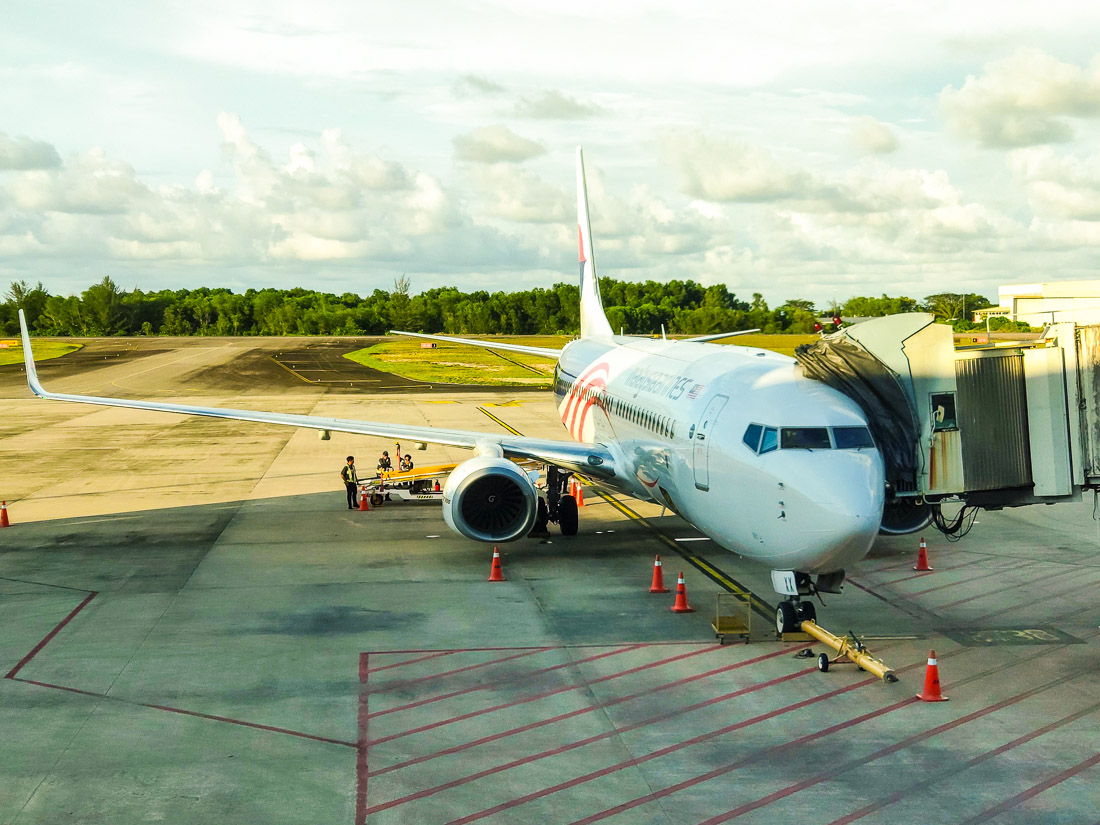
Comments
4 responses to “REVIEW | Malaysia Airlines domestic Economy Class from Labuan to Kuala Lumpur”
[…] KCH is Sarawak’s primary gateway to the world, with flights to Kuala Lumpur being of particular importance. The terminal first opened in 1983 with a distinctive Minangkabau roof design similar to Penang International Airport, but the terminal was reconstructed between 2000 to 2006 and reopened with a very KLIA-esque architecture. This brings it in line with a number of other airports in Malaysian Borneo, namely Bintulu, Miri, and Labuan. […]
[…] The outbound MASwings flight MH 3590 from Miri to Marudi […]
[…] The outbound MASwings flight MH 3590 from Miri to Marudi […]
[…] The return sector from Labuan to Kuala Lumpur in Economy. […]